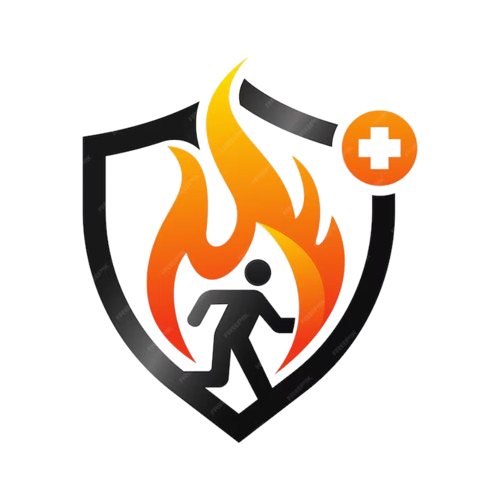FIRE SAFETY
What is FIRE SAFETY?
Fire safety refers to the set of practices and measures designed to prevent the ignition of an uncontrolled fire, to contain and manage fires that do occur, and to ensure the safe evacuation of individuals from a burning environment. It encompasses various aspects, including building design, fire prevention, fire detection, fire suppression, and emergency response.

Key Components of Fire Safety
1. Fire Prevention
– Education and Training: Informing people about fire hazards and safe practices to prevent fires.
Maintenance and Housekeeping : Regularly maintaining equipment and keeping spaces free of flammable materials.
Proper Storage: Safe storage of flammable and combustible materials.
2. Fire Detection
Smoke Alarms: Devices that detect smoke and alert occupants to the presence of a fire.
Heat Detectors: Devices that respond to high temperatures that indicate a fire.
Fire Alarm Systems: Comprehensive systems that detect fires and alert building occupants and emergency services.
3. Fire Suppression
Fire Extinguishers: Portable devices used to extinguish small fires.
Sprinkler Systems: Automated systems that release water to control or extinguish fires.
Fire Hoses and Hydrants : Equipment for firefighting teams to use in larger fire situations.
Suppression Agents : Substances like water, foam, and chemical agents used to suppress fires.
4. Building Design and Construction
Fire-Resistant Materials : Using materials that resist burning and reduce fire spread.
Fire Doors and Walls: Structures designed to prevent the spread of fire and smoke between different areas.
Escape Routes: Clearly marked and accessible paths for evacuation in case of a fire.
Emergency Lighting : Lighting systems that operate during power outages to help guide occupants to safety.
5. Emergency Response
Evacuation Plans: Detailed plans for safely evacuating a building during a fire.
Fire Drills : Regularly scheduled practice evacuations to ensure everyone knows how to respond in a fire emergency.
Emergency Communication : Systems for notifying occupants and coordinating with emergency services.
Fire Safety Training : Training for staff and occupants on how to respond to a fire, use fire extinguishers, and assist in evacuation.
Benefits of Fire Safety
Protects Lives : Ensures the safety and well-being of building occupants.
Reduces Property Damage : Minimizes damage to buildings and contents.
Ensures Regulatory Compliance : Helps organizations comply with fire safety regulations and standards.
Improves Emergency Preparedness : Enhances the ability to respond effectively to fire emergencies.
Promotes Peace of Mind : Provides confidence that safety measures are in place to protect against fire risks.

